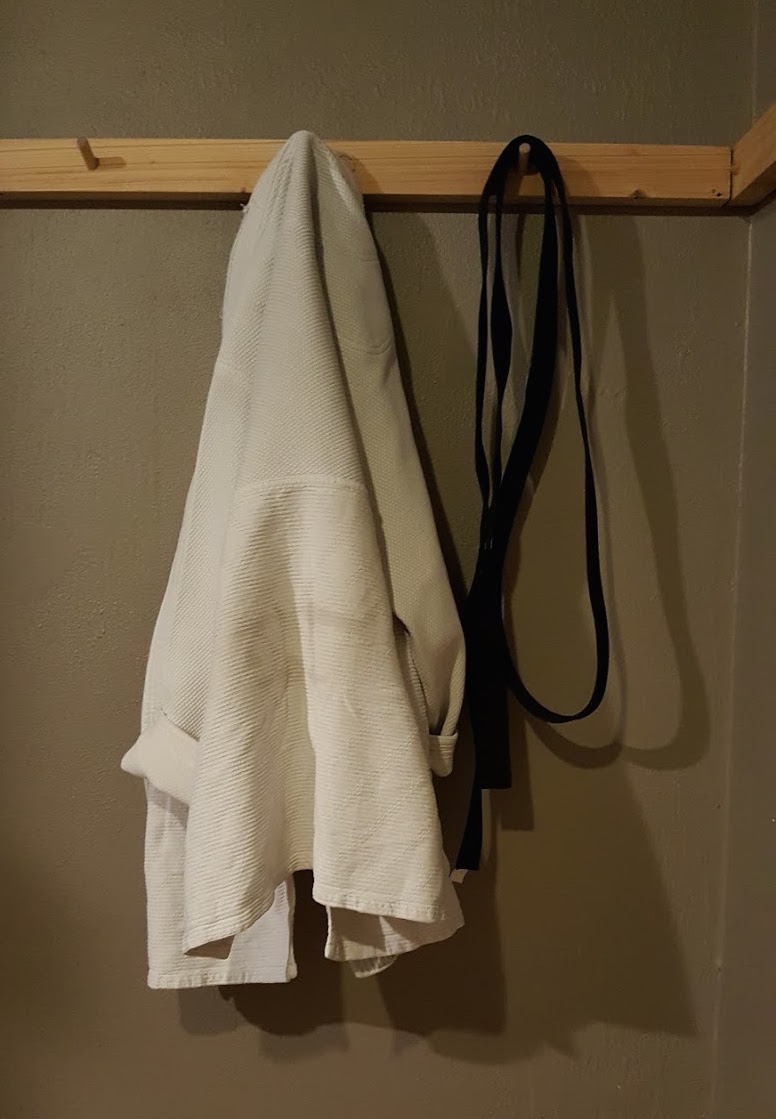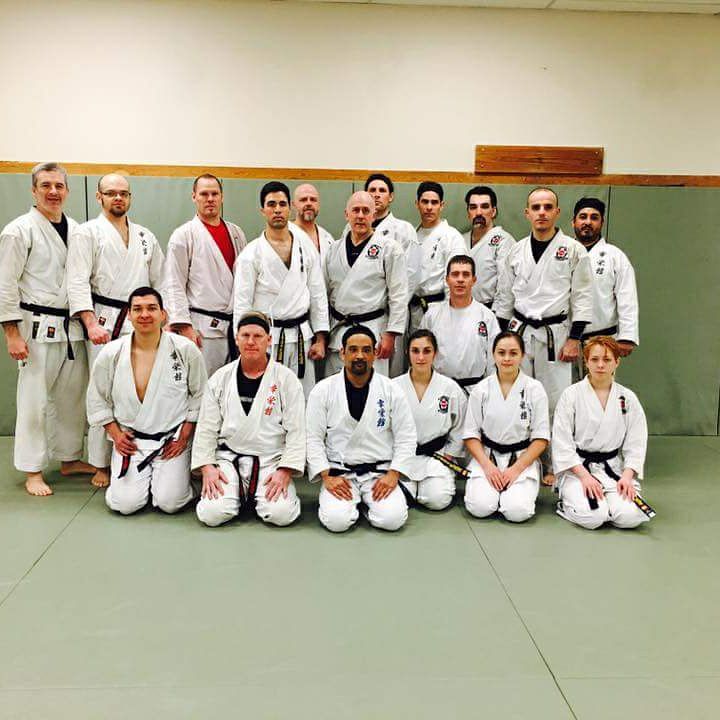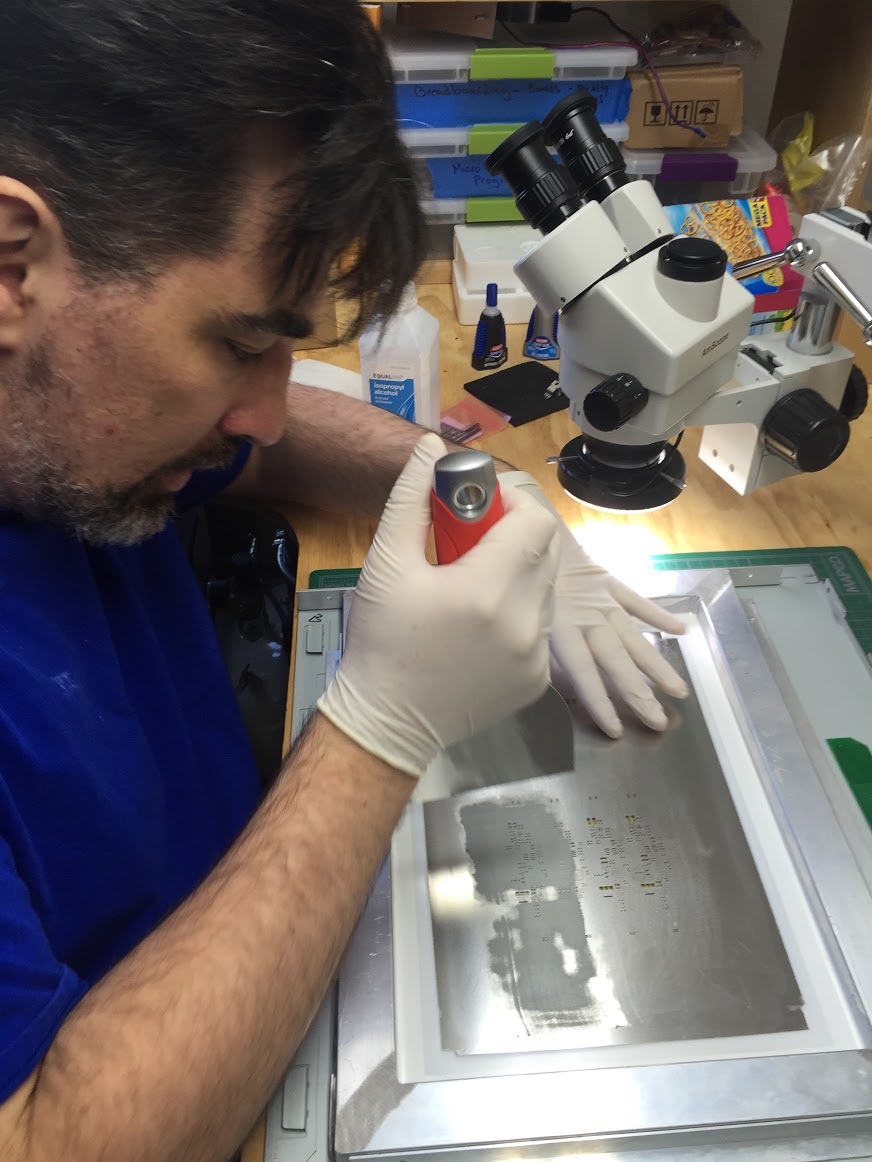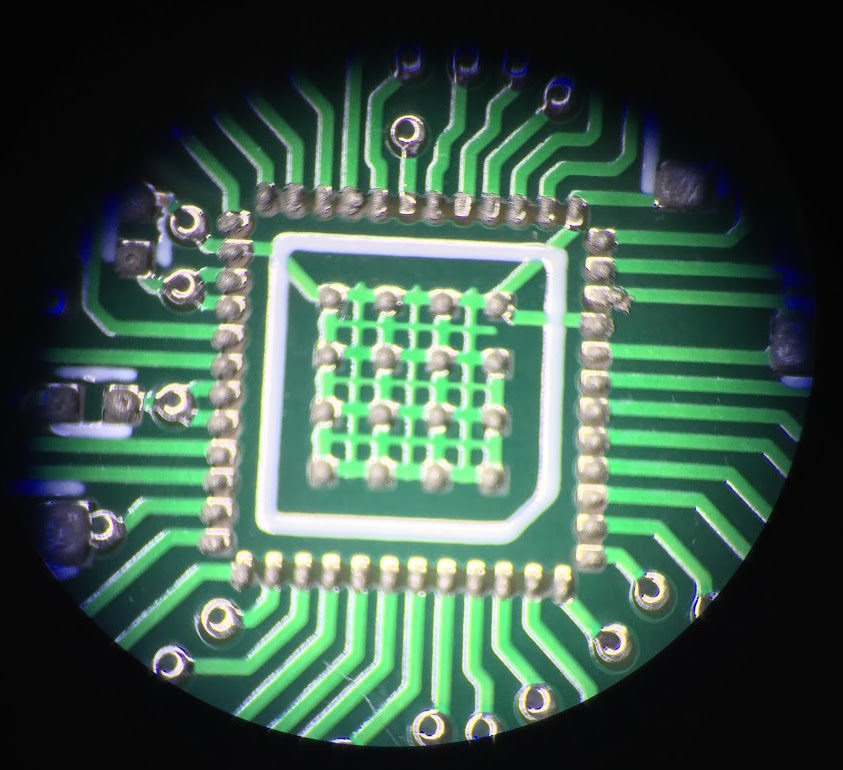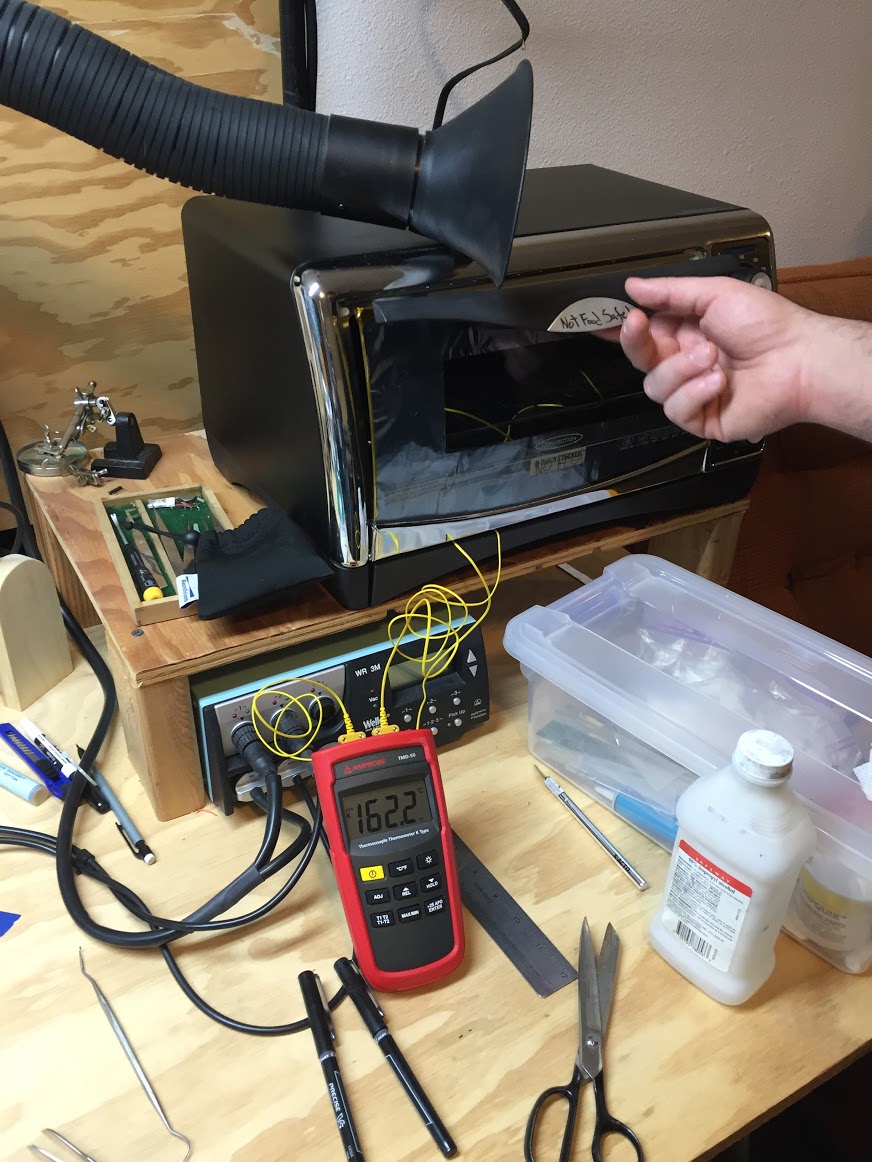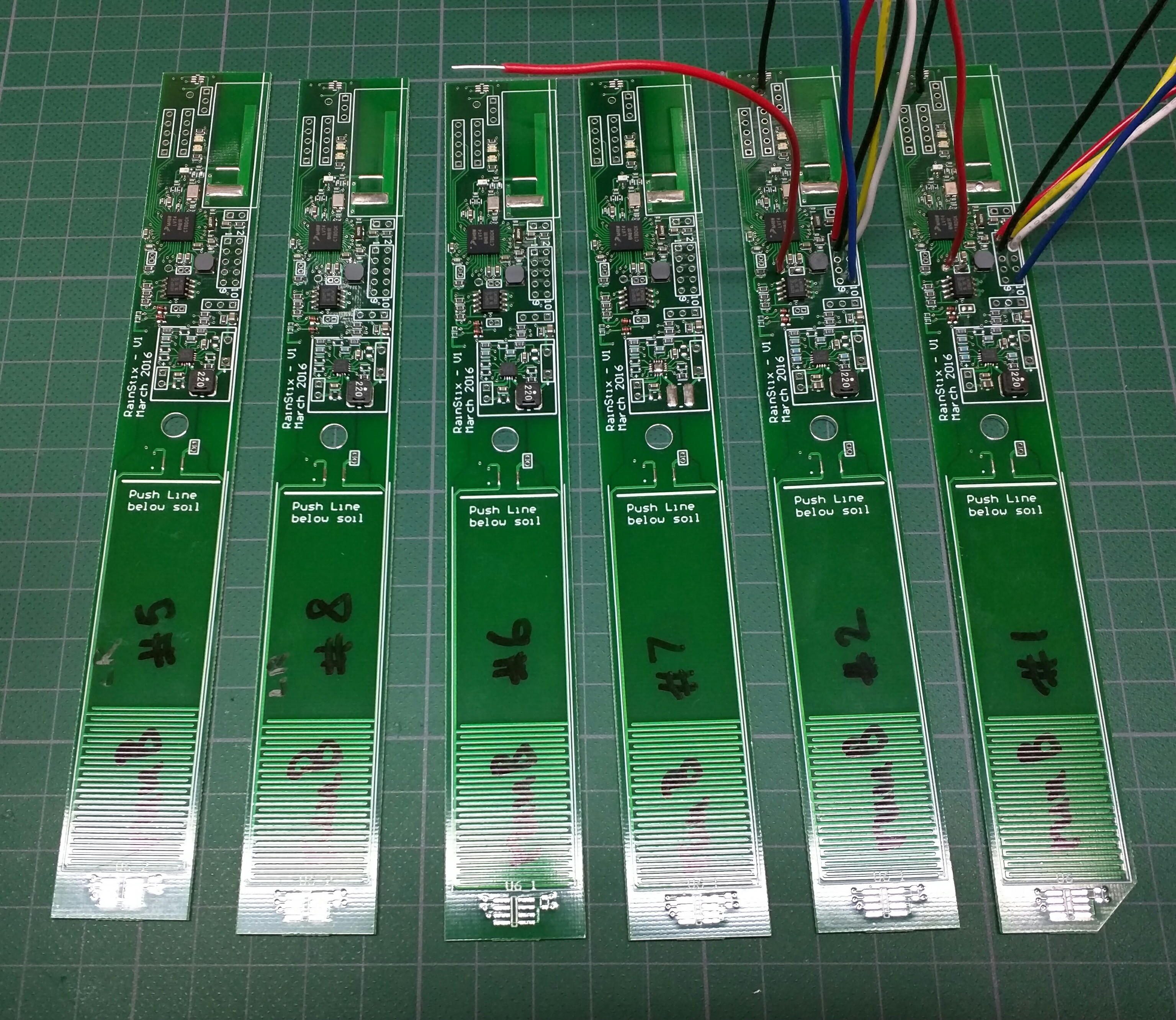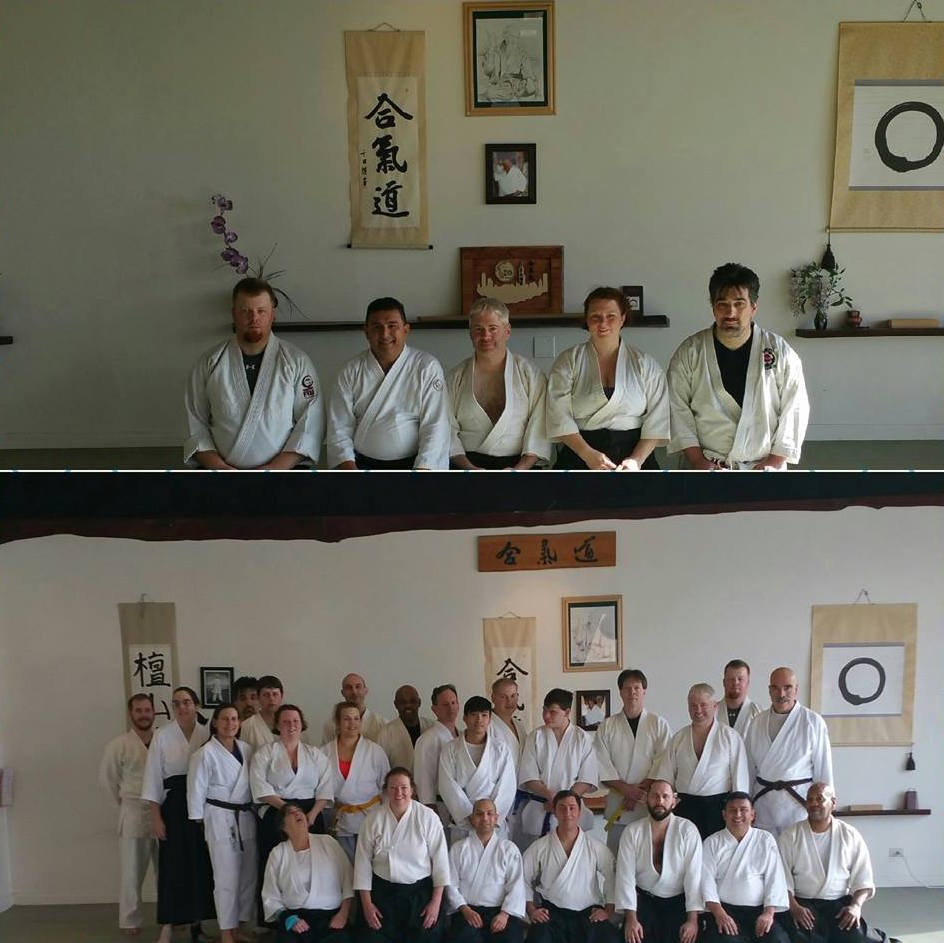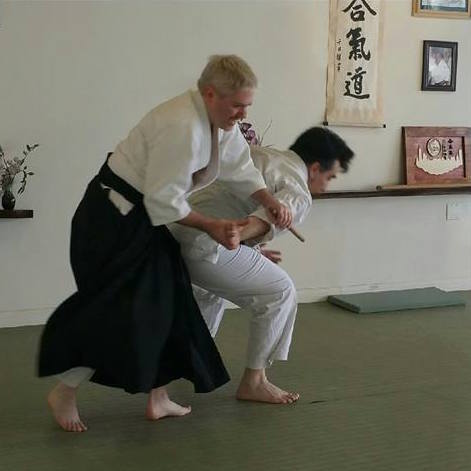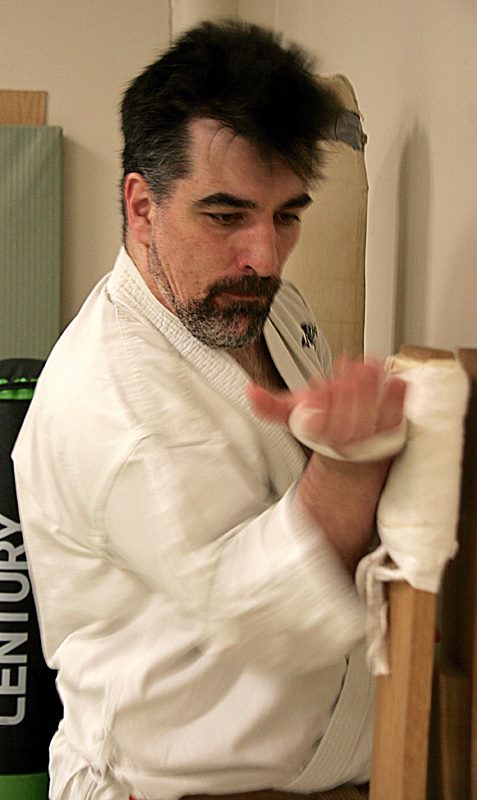Just capturing a list of potential project ideas for next time my nephew visits.
Wind turbine – Saw interesting looking kits on amazon. One that screwed onto a soda bottle in place of its cap, providing a weighted base, and the other using a chemistry ring stand as a base and clamping onto a motor an propeller. Then using a volt meter to measure wind induced voltage.
Greenhouse Demonstration – Two identical thermostats, one inside a sealed bottle and the other outside. The greenhouse effect will heat up the thermostat inside the chamber. Saw it as a kit, but simple enough to build.
Potato / Lemon clock – Classic experiment of two metals pushed into a potato or a lemon to power a clock. The super low voltage DC/DC converters you can get these days could drive the usable power curve from a setup like that. Build the board to show Tristan.
Rock Tumbler / Polisher – Rock tumbling might be interesting – but what about showing him a parts tumbler instead. Then we machine a part for another project and polish it?
Solar Projects – Including Photovores, but maybe set up a race of small Solar race cars
Radiometer – Not really an experiment, but showing him one of these and talking about it would be good.
Time Capsule – One we could bury in the back yard? If we bury it just off a trail where we could find it again, we risk having someone else dig it up – but we could make it into a day hacking and taking pictures and samples.
Solar Oven – Bunch of different designs for them, but an inverted pyramid formed from inward facing mirrors would be a simple start.
Solar Parabolic Fire starter – Done in parallel with the solar oven, using the tiny parabolic mirror approach for setting a piece of paper on fire we could build the parabola as part of the experiment.
Finger Printing – Put together a finger printing kit as a project, then do print and lifts. As part of this we could potentially make a simple cyanoacrylate fumer for bringing out prints.
Blood Typing – Simple project is just using one of the blood typing kits to determine our blood types. A cooler but much more involved project is if we get blood from a few different people use the agglutination test so he can see how some blood types respond badly when mixed. Not sure if this would work as a fun project, but sphygmomanometer to take blood pressure could be thrown in if we are doing several blood related projects. Also get a heart rate sensor and show how our heart rate goes up when we run / exercise.
Making Paper – Need something we can do with the paper once we made it. Possibly cast cardboard into a mold?
Fire Starting – Using a Bow and pivot to start a fire, compare with stick in a rut, and throw in using a magnifying glass. Make Matches to complex?
Biome Balls – Buy one of the biomes in a glass ball to grow while he is here? Maybe one for here and a new one to take home?
Raising Caterpillars – Make a cage to raise caterpillars and butterflies (summer project). Not just a jar with holes, do a glass case with enough growing foliage in it to feed and foster the bugs.
Molding Tracks – Go into woods on the hiking trails and make plaster molds of animal prints (Deer?) – maybe do some casts of hikers boot tread.
Production of Oxygen by Photosynthesis – Plant growing in a case under water. Case vents into a test tube with graduations on it. Transparent case lets light in keeping the plant alive. As the plant outgasses oxygen you can see it collect in the inverted tube.
Make a weather station – Play with data and graphs.
Interesting Ideas for more stuff here:
http://www.funsci.com/texts/index_en.htm
Lots of bio links that were cool here
http://www.funsci.com/fun3_en/exper1/exper1.htm#chlorophyll
